Jamaican music is an emblem of diversity and resilience, a harmonious blend of musical influences drawn from its rich, complex history. Its roots reach deep, drawing from the traditions of native peoples, the traumatic legacy of slavery, colonial influences, and the unique cultural identity that the people of Jamaica have forged from these disparate elements.
It’s in the echoes of each drum beat, the rhythm of every song, the lyrics that narrate stories of love, struggle, and liberation.
The Jamaican music scene is far from being monolithic; it spans multiple genres, from the globally acclaimed reggae to dancehall, ska, mento, and rocksteady. Each has its distinct charm and cultural context, contributing to the vibrant mosaic that Jamaican music is today.
Exploring Jamaican music roots helps us appreciate not just the music itself but also the people, their stories, and their indomitable spirit.
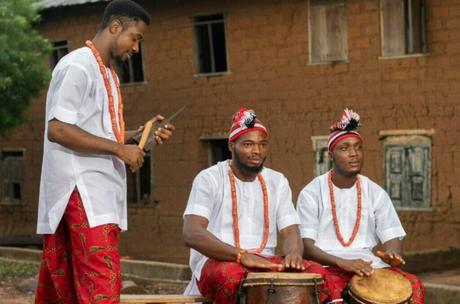
African Influences
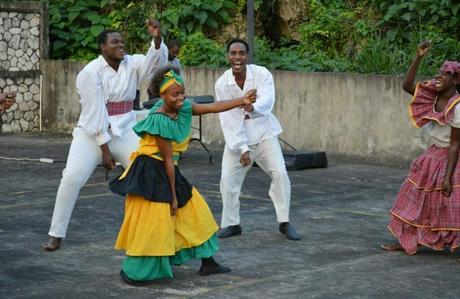
African influences in Jamaican music are both profound and pervasive, owing to the transatlantic slave trade that brought Africans to the Caribbean shores. The rhythms, melodies, and instruments that they brought with them have significantly shaped the sonic texture of Jamaican music. African music traditions often emphasize rhythm and the human voice, traits that are deeply embedded in Jamaican genres.
Drums, such as the Kumina and Burru, are of African origin and serve as essential instruments in Jamaican music. The call-and-response pattern, a characteristic feature of African music, is also prevalent in many Jamaican music forms. These African influences are a potent reminder of the resilience of culture and heritage, even in the face of brutal adversity.
Spanish and British Colonial Influences
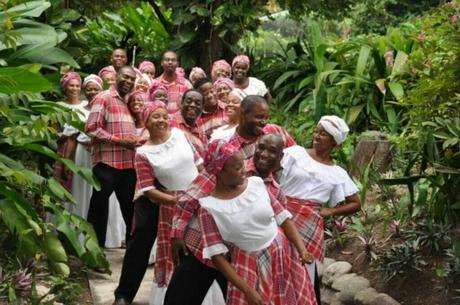
While African influences dominate, Spanish and British colonial periods left their imprints on Jamaican music too. The Spanish influence is less pronounced due to their shorter period of colonization. However, Spanish folksongs and dance rhythms subtly permeate some traditional Jamaican folk songs.
The British colonial period introduced new musical elements, primarily from European classical music and military band music. Harmonic structures, melodies, and certain instruments, such as the fife and banjo, are remnants of this colonial influence. The fusion of these diverse influences with African music traditions resulted in a unique blend, a testament to the adaptability of Jamaican music.
Jamaican Folk Music Traditions
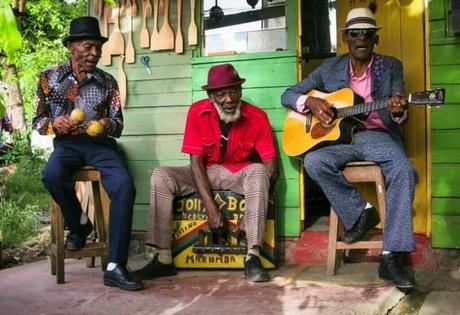
Jamaican folk music is a vibrant collection of traditional songs, dances, and music styles that have been passed down through generations. The ‘mento’ style is one such folk tradition, often considered a precursor to reggae. Characterized by acoustic instruments like the banjo, guitar, rhumba box, and bamboo saxophone, mento carries a distinctive rural flavor.
Another folk tradition, Kumina, believed to be of Congolese origin, combines music, dance, and religious rites, reflecting Jamaica’s deep-rooted African heritage. The beats of the Kumina drums and the spiritual undertones of the music form a key part of the Jamaican soundscape. These folk traditions serve not just as entertainment but also as a rich repository of cultural memory and history.
Jonkanoo, also known as John Canoe or Junkanoo, is a vibrant Jamaican folk festival that takes place during the Christmas season. It involves elaborate costumes, colorful masks, and energetic dancing to the beat of drums and other percussion instruments. Jonkanoo is a celebration of African heritage and is often accompanied by traditional folk songs and storytelling.
- Dinki Mini is a Jamaican folk dance that originated from West Africa. It is performed by a group of dancers who form a circle and move in a synchronized manner, often accompanied by call-and-response singing. The dance incorporates rhythmic foot stomping, hand clapping, and intricate body movements, creating a lively and energetic atmosphere.
- Revivalism is a religious movement in Jamaica that has its roots in African spiritual practices and Christianity. It combines elements of traditional African religions with Christian beliefs and rituals. Revivalist ceremonies feature powerful, soul-stirring music, including hymns and spiritual songs sung in a call-and-response style, accompanied by drums, tambourines, and other percussive instruments.
- Maroon music is a unique Jamaican folk tradition that originated from the Maroons, descendants of African slaves who escaped and formed independent communities in the Jamaican mountains. Maroon music is characterized by its distinct drumming style, featuring large drums called “kumina” or “abeng.” The rhythmic beats and chants evoke a sense of strength, resilience, and unity among the Maroon people.
- Nyabinghi is a Rastafarian drumming and chanting tradition that plays a significant role in Jamaican folk music. It is deeply rooted in African spirituality and is associated with the worship of Emperor Haile Selassie I as a divine figure. Nyabinghi gatherings typically involve the beating of sacred drums, rhythmic hand clapping, and melodic chants that uplift the spirit and foster a sense of community and solidarity.
These Jamaican folk music traditions showcase the rich diversity of the island’s cultural heritage and demonstrate the enduring influence of African traditions on Jamaican music and dance. They are not only sources of entertainment but also serve as powerful expressions of identity, spirituality, and history for the Jamaican people.
Religious and Cultural Influences
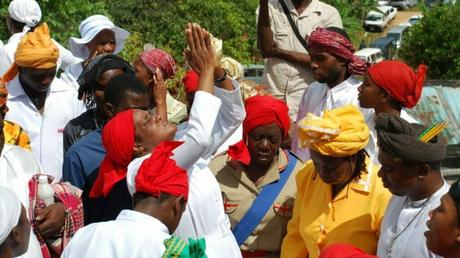
Religion has significantly influenced Jamaican music, particularly Rastafarianism. The Rastafari movement, indigenous to Jamaica, views music as a spiritual medium, a means to connect with the divine. Reggae music, closely linked with Rastafarianism, often carries spiritual and socio-political messages.
Another notable religious influence comes from the African-derived, syncretic religions such as Kumina and Pocomania. These religions use music as an integral part of their rituals, with specific rhythms and songs intended to invoke the spirits. This cultural confluence of music and spirituality is a hallmark of the Jamaican music experience, linking the auditory to the divine.
FAQ
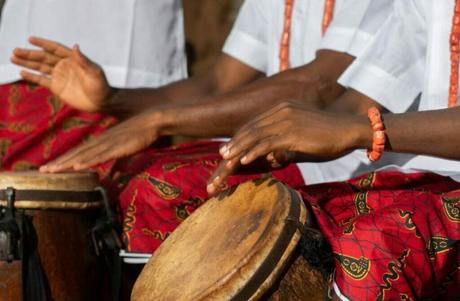
Where did Jamaican music come from?
Jamaican music has its roots in the fusion of various musical traditions brought to the island by African slaves during the colonial era. These African influences blended with European and indigenous Jamaican music to create a unique and vibrant musical heritage. The rhythmic patterns, melodic structures, and spiritual elements of African music played a significant role in shaping Jamaican music styles such as reggae, ska, mento, and dancehall.
What is reggae roots music?
Reggae roots music is a genre that originated in Jamaica during the late 1960s and early 1970s. It emerged as a fusion of several music styles, including ska, rocksteady, and traditional mento. Reggae roots music is characterized by its laid-back rhythms, offbeat guitar accents, deep bass lines, and socially conscious lyrics. It often addresses themes of social justice, equality, spirituality, and cultural identity. Artists like Bob Marley and The Wailers popularized reggae roots music globally and turned it into a powerful voice for social change.
What music came from Jamaica?
Jamaica has given birth to a rich tapestry of music genres that have left a lasting impact on the global music landscape. Reggae, characterized by offbeat rhythms, deep basslines, and conscious lyrics, stands as a symbol of Jamaican music. Its precursor, Ska, features lively tempos, upbeat horn sections, and syncopated guitar and piano. Dancehall, with its rapid-fire DJ-style vocals, electronic beats, and infectious dance rhythms, brings vibrant energy to the scene. Rocksteady, a slower evolution of Ska, captivates with smooth vocal harmonies and soulful melodies. Mento, a traditional folk style, intertwines African and European influences through acoustic instruments and storytelling lyrics. Additionally, the genre of Dub emerged from Reggae, captivating listeners with its heavy use of studio effects, echo, and sound manipulation. These diverse genres from Jamaica have not only entertained audiences worldwide but have also influenced countless artists and played a vital role in shaping popular music worldwide.

